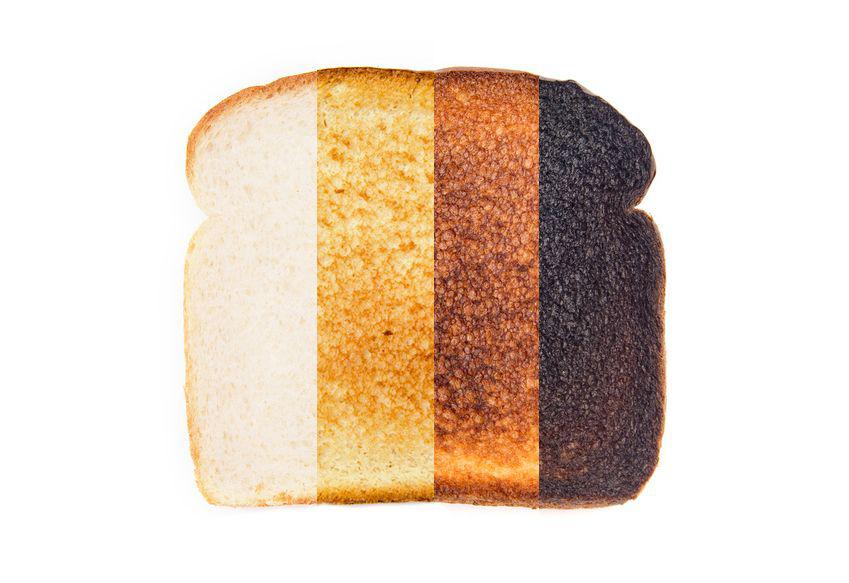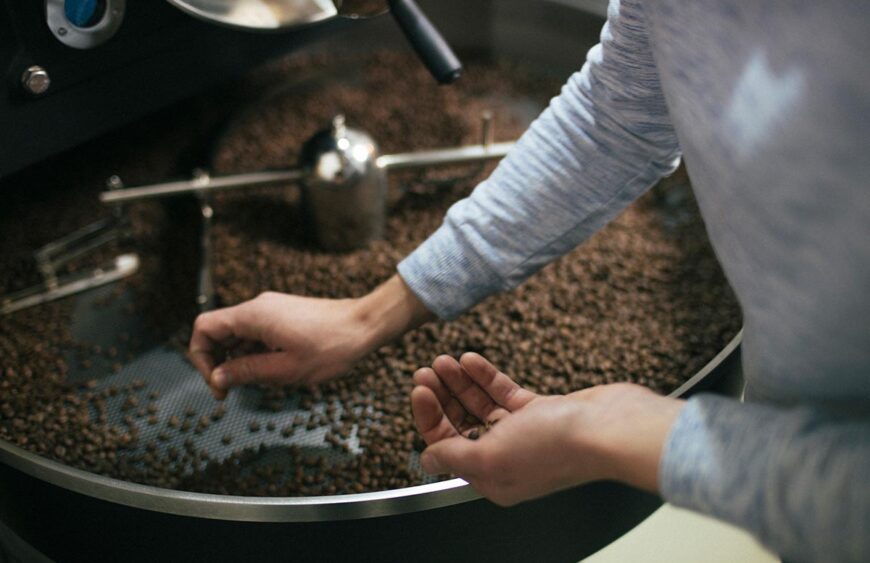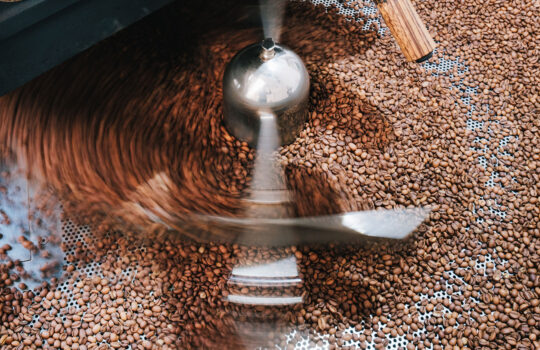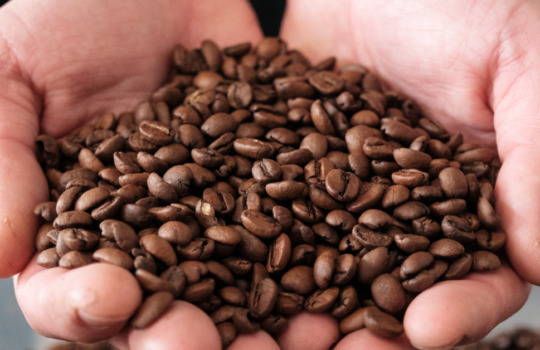In the summer, we were approached by TV Markíza to talk about acrylamide and its content in coffee for the Reflex programme. Today, we take a deeper look at the topic and bring more data and research that didn’t fit into the report.
What is acrylamide?
It is a chemical substance that is formed when carbohydrates are exposed to high temperatures, usually 120°C or more (Maillard reaction).
Acrylamide can therefore be found, for example, in fried and baked foods such as bread, potatoes, cereals, crisps, biscuits, but also in coffee, as coffee also contains carbohydrates.
And acrylamide in high quantities causes cancer, it would clearly be a problem for us coffee drinkers if it were present in high quantities in coffee.

So, I started looking into this topic and found two interesting researches, which I will briefly summarize here. I found that the maximum amount of acrylamide allowed is 0.2 mg per 1kg of a person’s weight. The Polish National Food and Nutrition Institute studied 42 different types of coffee, beans, ground, instant and coffee substitutes (such as chicory).
Most acrylamide was found in the substituents at 800µg per 1kg, but this is still 3 times less than the average value for potato chips and 8 times less than in butter biscuits.
This was followed by instant coffee with 358µg/kg and beans with 180µg/kg.
Arabica vs Robusta: difference in content?
The researchers found that there was no difference in acrylamide content between arabica and robusta, and they also found a relationship that the darker the coffee is roasted, the significantly higher the proportion of acrylamides it has.
I also found an interesting figure in research by the Institute of Food Science, Technology and Nutrition in Madrid.
Since nobody drinks, for example, 20g of coffee as such, but a drink made from it, the scientists from this institute looked at how much acrylamide is directly in a cup of coffee.
And they found that the content was on average around 20 µg per litre of drink.
I think it is very unlikely that a person would drink even a litre of coffee a day, and even if they did, they would still be far from exceeding the maximum permitted amount of acrylamide.
So I consider the myth debunked.
No doubt we (but only freshly roasted and freshly ground) can still consider coffee as a superfood loaded with antioxidants such as flavinoids or chlorogenic acid, but even such caffeine is strongly antiseptic.
See the report in Reflex, where we also talk about Acrylamide in coffee.




